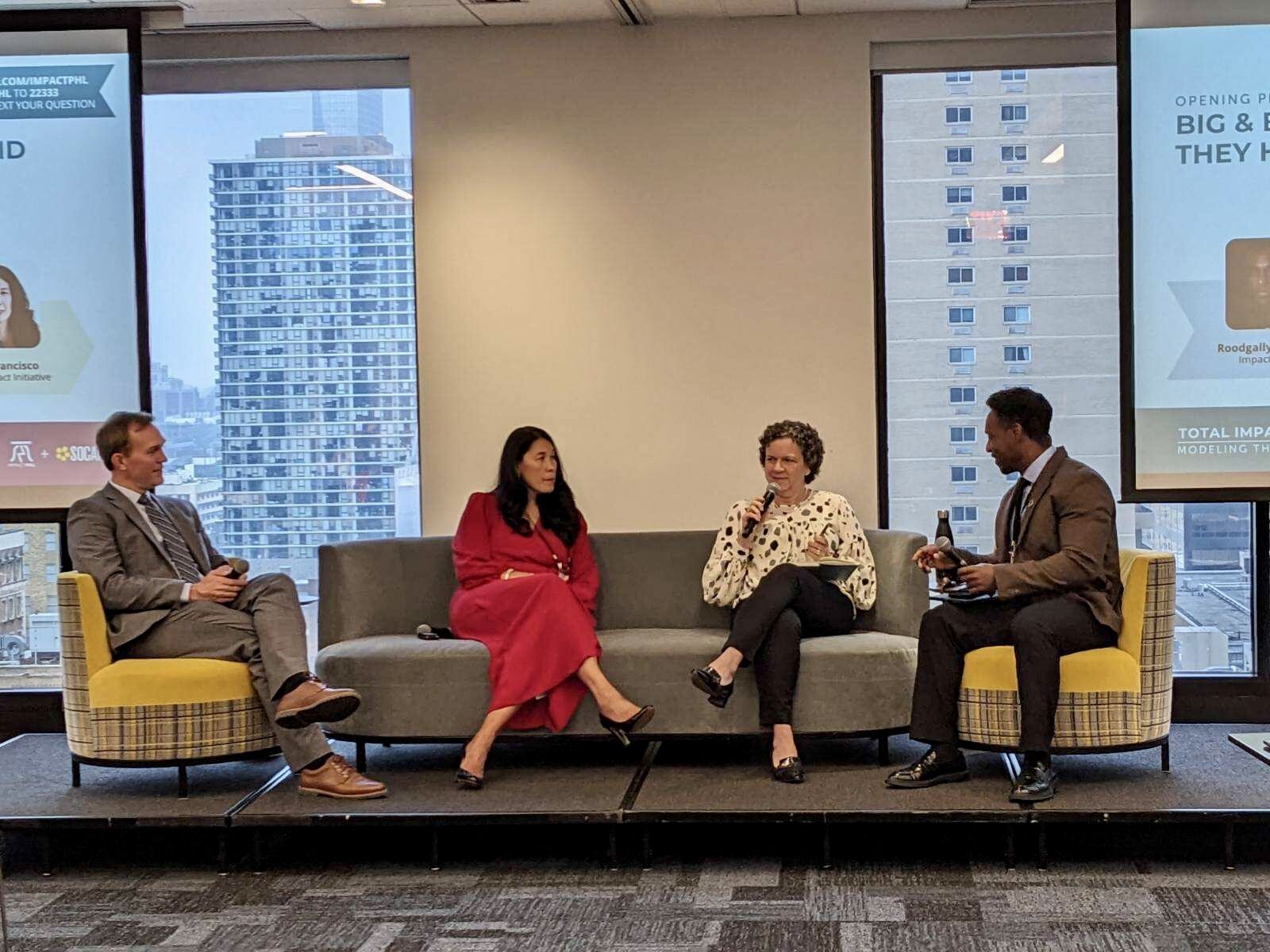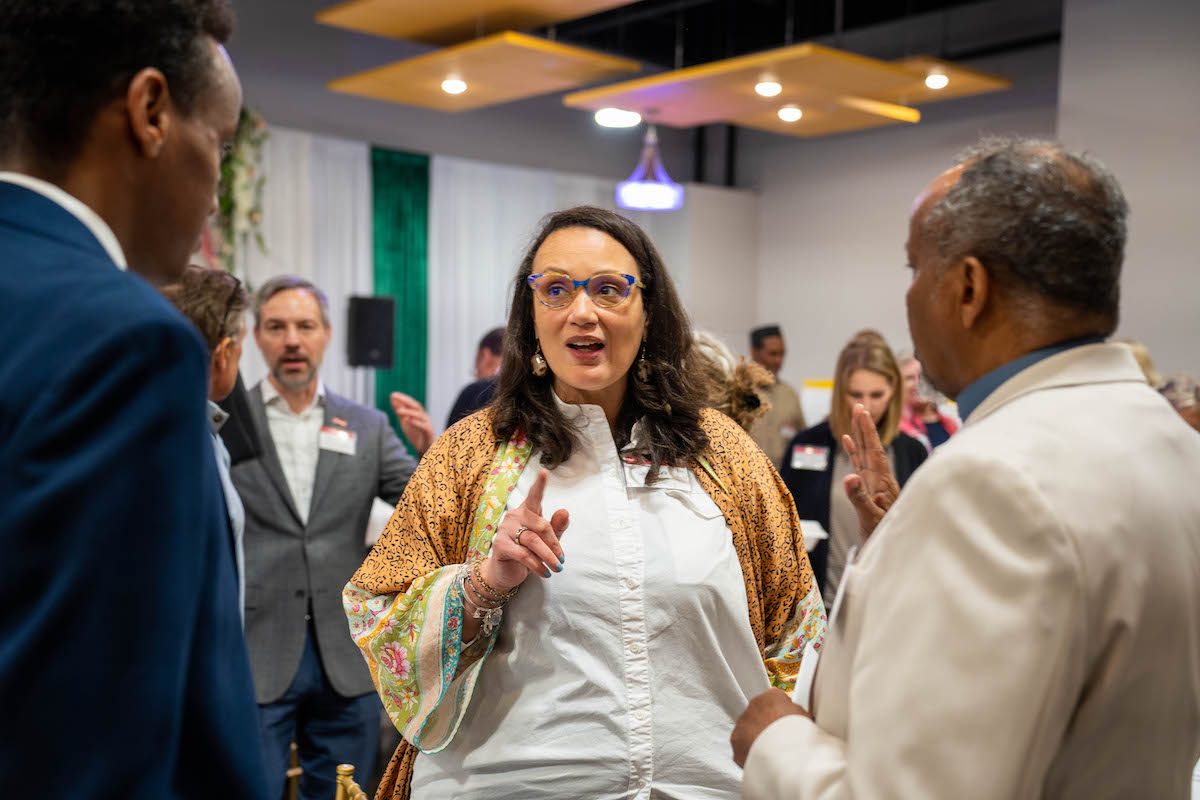Greetings, ImpactAlpha readers!
Featured: The Impact Alpha
Five ways to get into the zone of inclusive opportunity. “Maximum opportunity, maximum danger.” That about sums up ImpactAlpha’s early coverage of “opportunity zones,” the impact investing story of the summer. The sudden opportunity zone frenzy is an object lesson in the speed with which capital can turn on a dime…especially when a tax break is involved. Dozens of “opportunity funds” soon to be raised will pour tax-deferred stock-market winnings into designated low-income neighborhoods in every state.
The maximum opportunity is to flip a switch from scarcity to abundance of capital for investments in geographies and demographics that have long been capital-starved. Efforts across decades for inclusive models of community development could blossom with robust investment. The maximum danger is that tax-break-fueled real-estate plays further dislocate urban neighborhoods already reeling from gentrification. Among the five takeaways from our reporting so far: Drive community wealth-creation. The opportunity zone legislation includes no impact accountability, but champions of social impact can hold fund managers responsible. The opportunity zone opportunity, David Bank writes in his latest column, is “a real-time experiment in exponentially scaled capital – and will be an object lesson or cautionary tale for other impact sectors.”
Keep reading, “Getting into the zone of inclusive opportunity,” by David Bank on ImpactAlpha. Catch up on all of The Impact Alpha columns here.
(Registration for today’s Agents of Impact conference call No. 3 on the topic has maxed-out our conference line’s 1,200-person capacity. You can get on a waiting list here and post questions or comments on Slack or LinkedIn.)
Dealflow: Follow the Money
BlackRock adds emerging market debt funds to impact investing mix. The investment management giant launched four debt funds that use environmental, social and governance (ESG) screening to expand emerging-markets sustainable investing. Earlier this year, BlackRock partnered with Swedish pension fund API to create an ESG-screened emerging-markets equity fund. Learn more.
FloodFlash raises £1.9 million to meet growing demand for flood insurance. The U.K.-based startup uses predetermined parameters to automatically pay policyholders if, say, flood waters reach a certain level. Increasingly frequent extreme weather events are driving demand for “event-based” insurance policies. Dive in.
ZipGo raises $29 million to transition to all-electric busses. The app-based bus company runs bus routes in major Indian cities like Delhi and Bangalore. Mumbai-based corporate Essel Group committed two billion rupees ($29.1 million) to help ZipGo switch to an all-electric bus fleet and expand into smaller cities. Essel is planning to invest another billion rupees to help ZipGo launch a fleet of electric rickshaws. Hop on.
Signals: Ahead of the Curve
Opportunity zone advocates call for market transparency and impact accountability. Engage communities. Measure impact. Share data. That’s the call to action for investors and other stakeholders considering investments in the 8,700 federally designated opportunity zones after a day-long convening of policymakers, development practitioners and researchers at the New York Federal Reserve in July. In their report-out (See: “Opportunity Zones: Moving Toward a Shared Impact Framework“), Beeck Center’s Lisa Green Hall, U.S. Impact Investing Alliance’s Fran Seegull and the NY Fed’s Chelsea Cruz and Adrian Franco argue better impact data can also serve as an “important risk management tool and produce better results.”
More takeaways:
- Identifying needs. Investors can use tools like Enterprise Community Partners’ Opportunity 360 database to create community profiles and Economic Innovation Group’s Distressed Community Index to track community-level progress over time.
- Evaluating impact. Impact data collection and analysis can help businesses create, and unlock, greater value. Impact measurement benchmarks could be set at five-, seven-, and 10-year marks, with annual progress reports. Businesses should have the flexibility to adapt if they’re not meeting community needs.
Next up: The group is building a shared framework for measuring impact in opportunity zones. “We should look at this as an opportunity to enable the flow of capital to the places most in need and also those most ready to use it.” Share this post.
Agents of Impact: Follow the Talent
Law firm Womble Bond Dickinson created an opportunity zone practice team that includes Pam Rothenberg and Mark Newberg… Andrea Nemtin joined impact investment advisory firm Purpose Capital as a partner… Upvote “Breaking into the world of impact investing,” featuring Rehana Nathoo, Jenny Abramson, Lisa Green Hall and Justin Conway, or any of 342 panels around “social and global impact” proposed for SXSW 2019.
— August 9, 2018.











